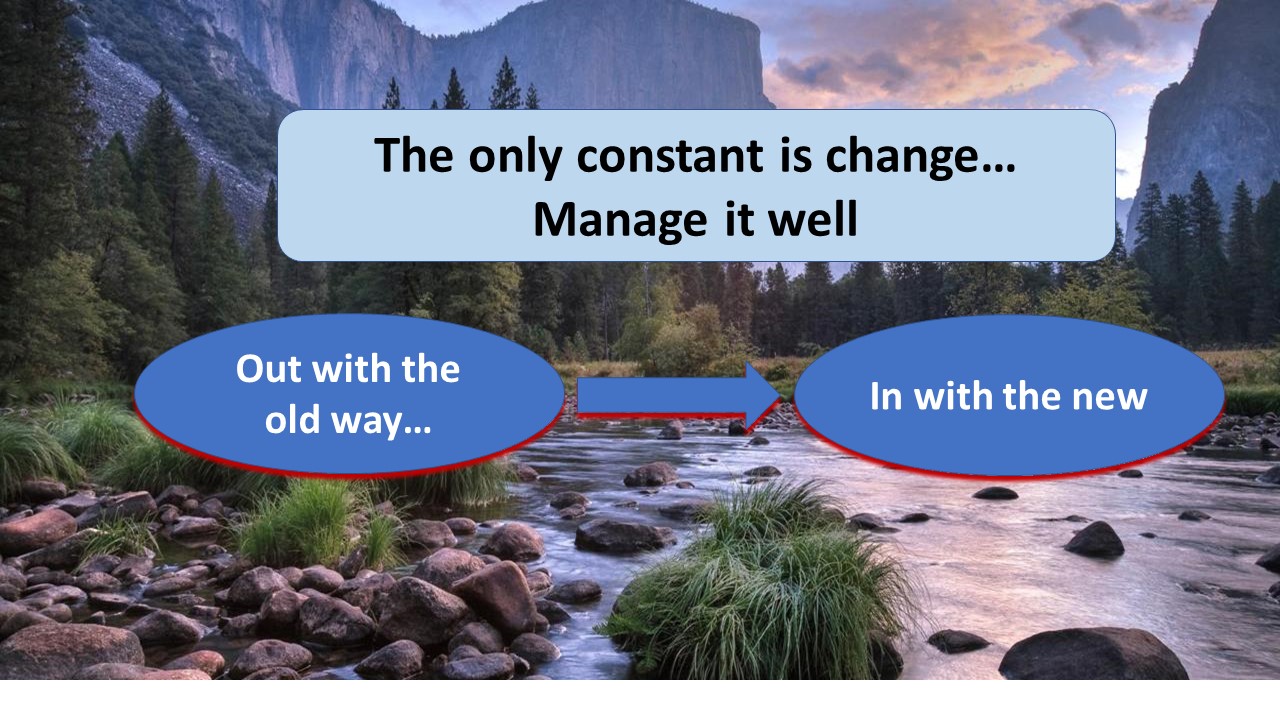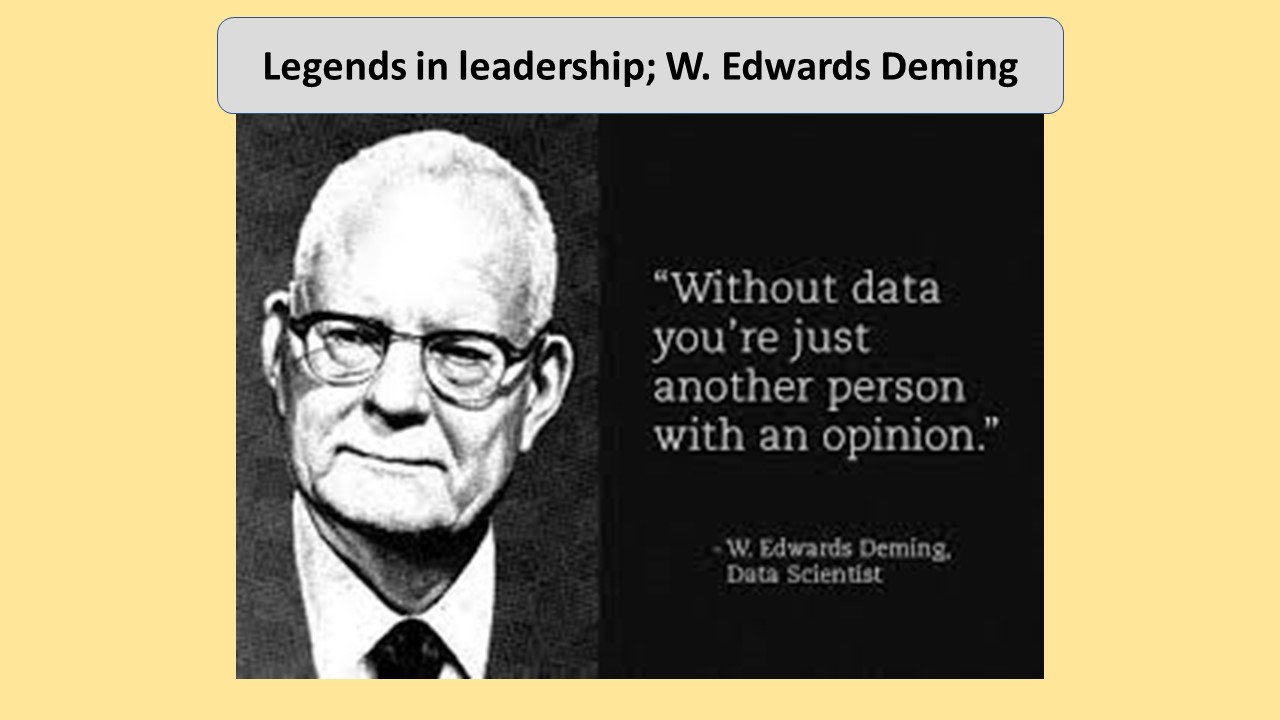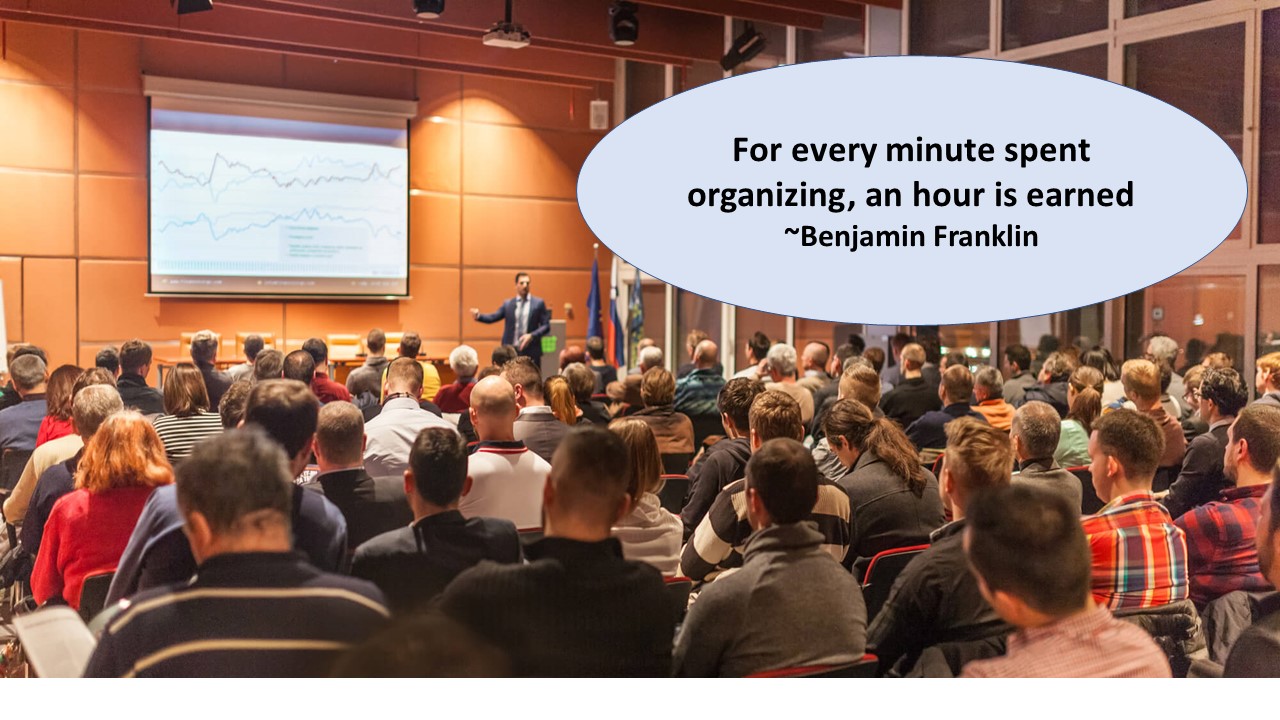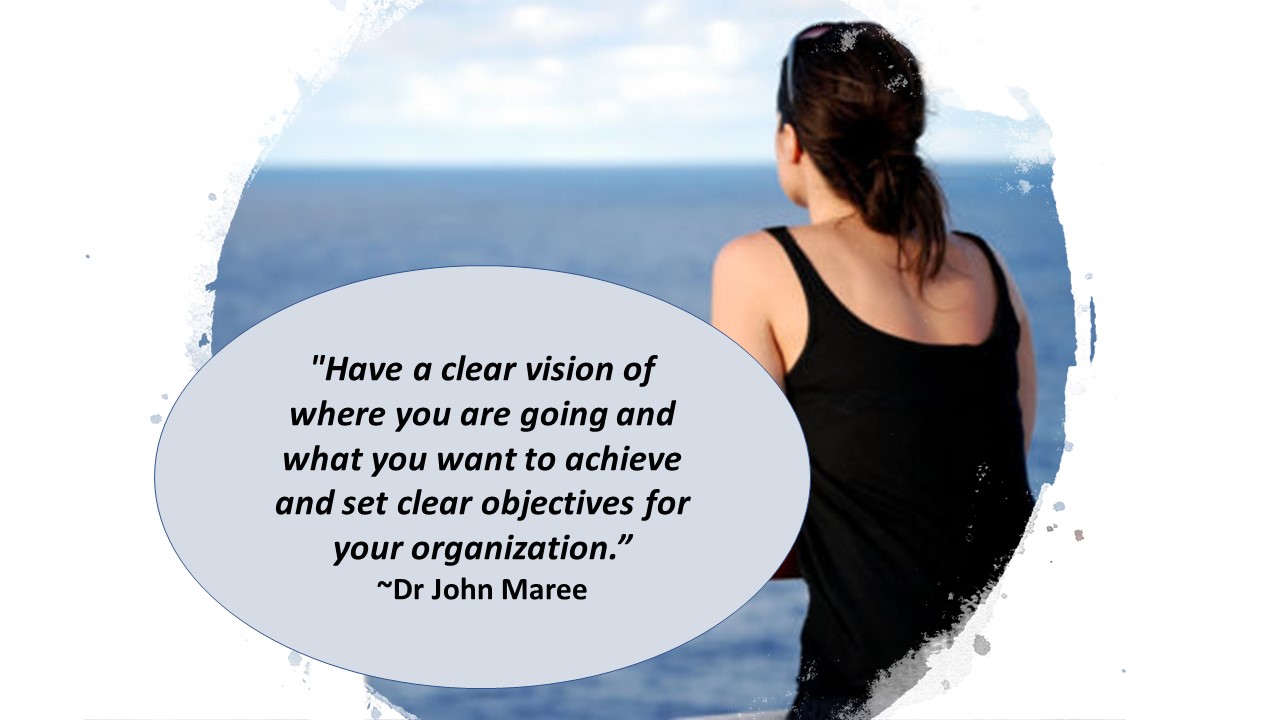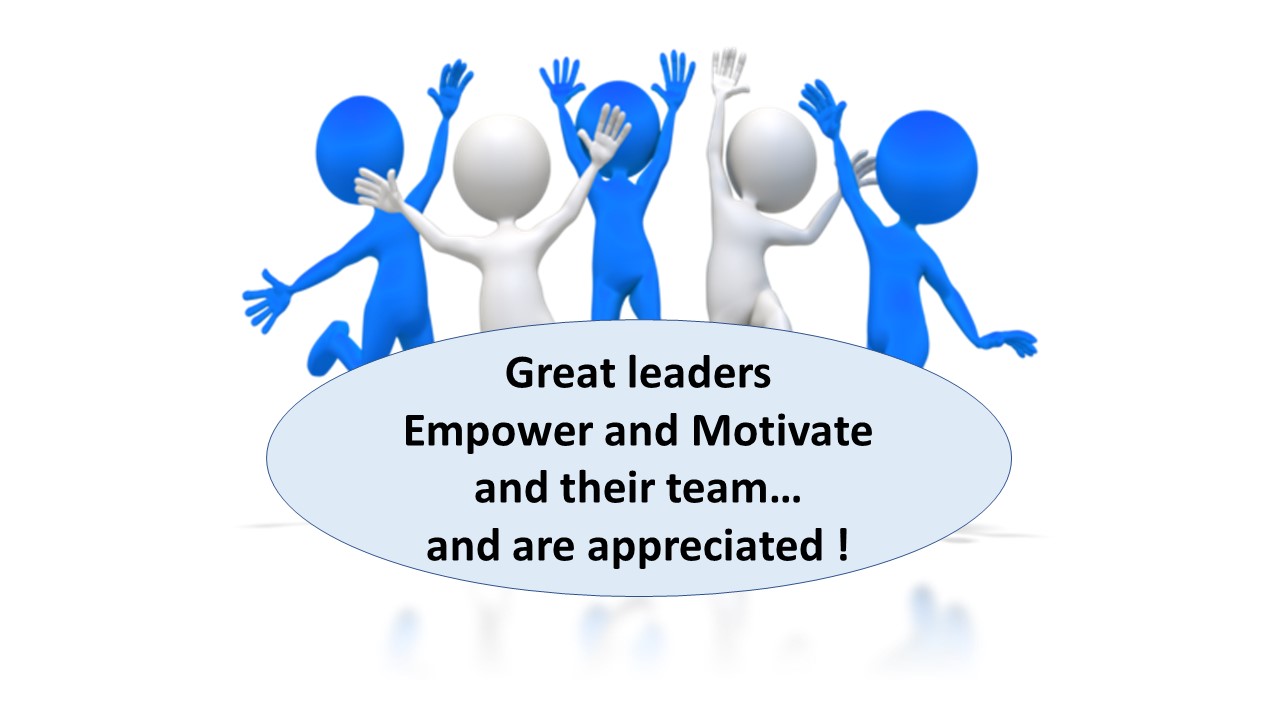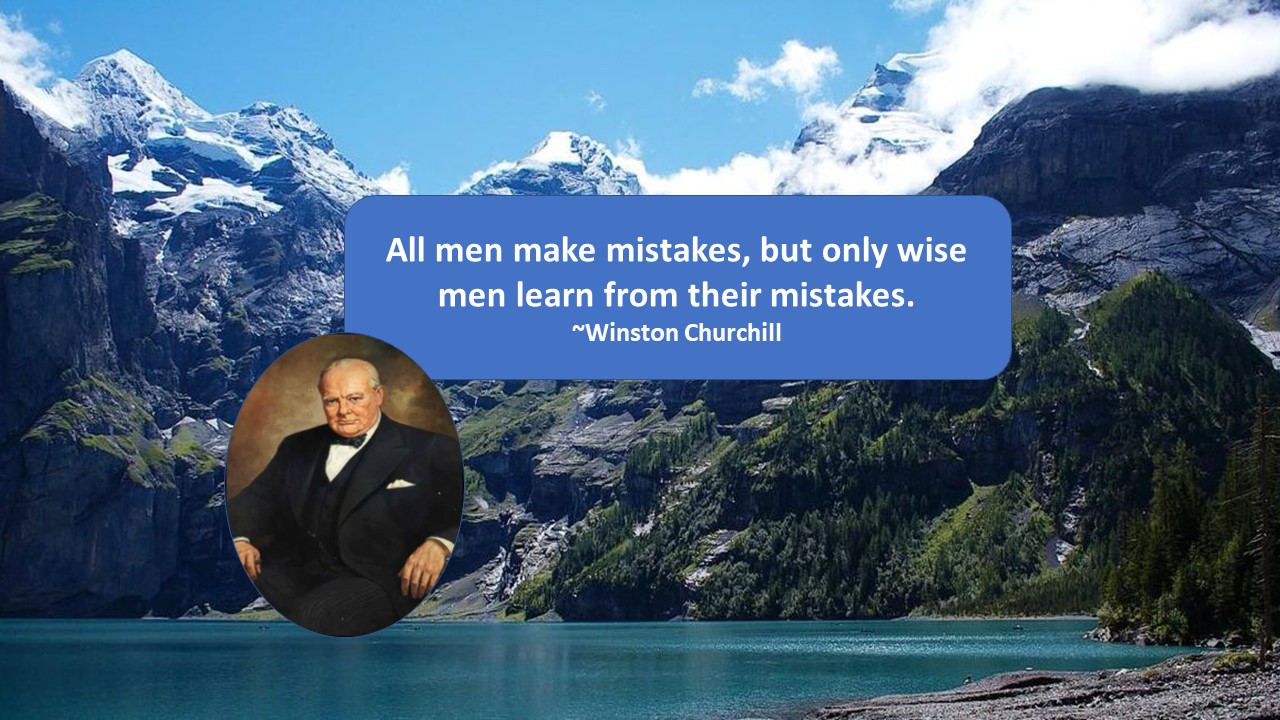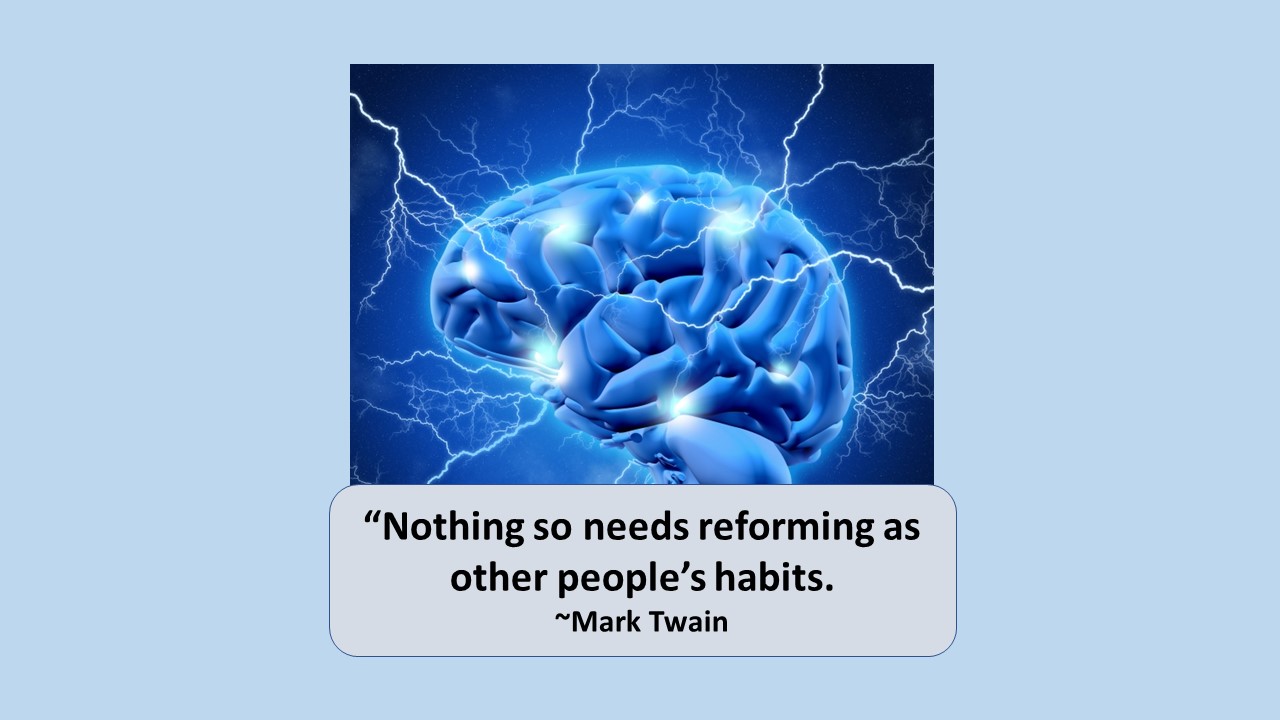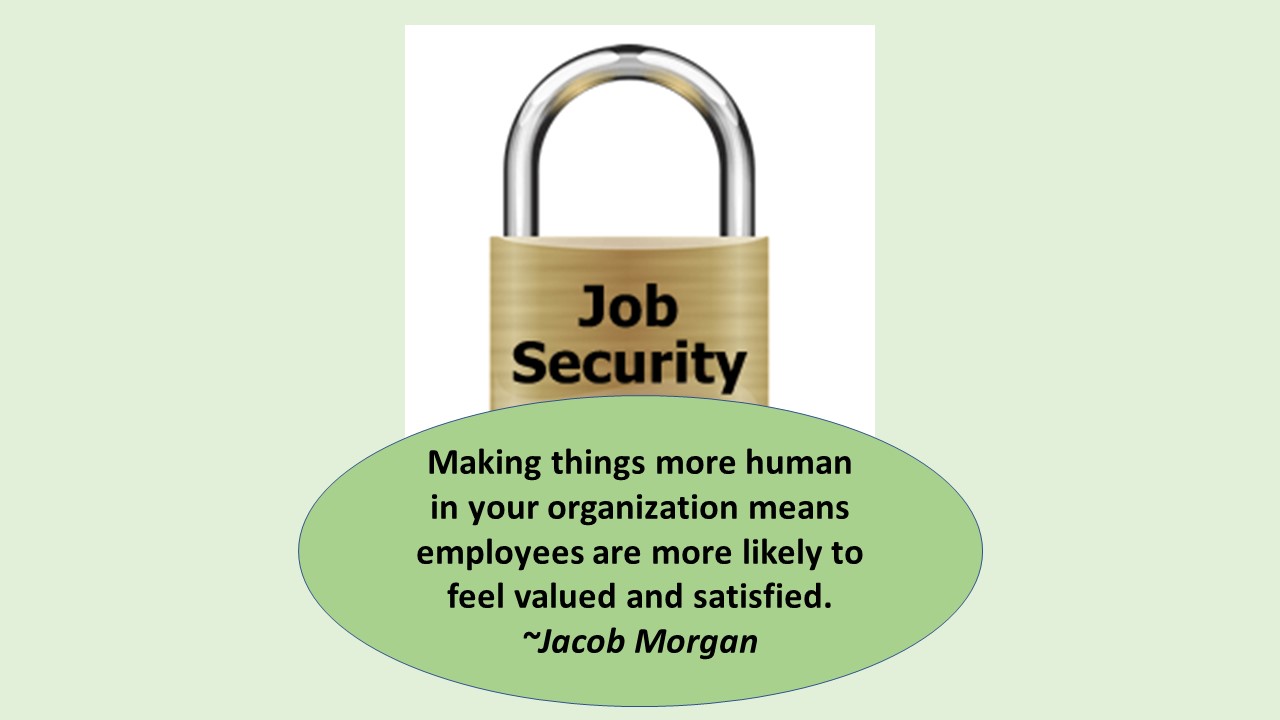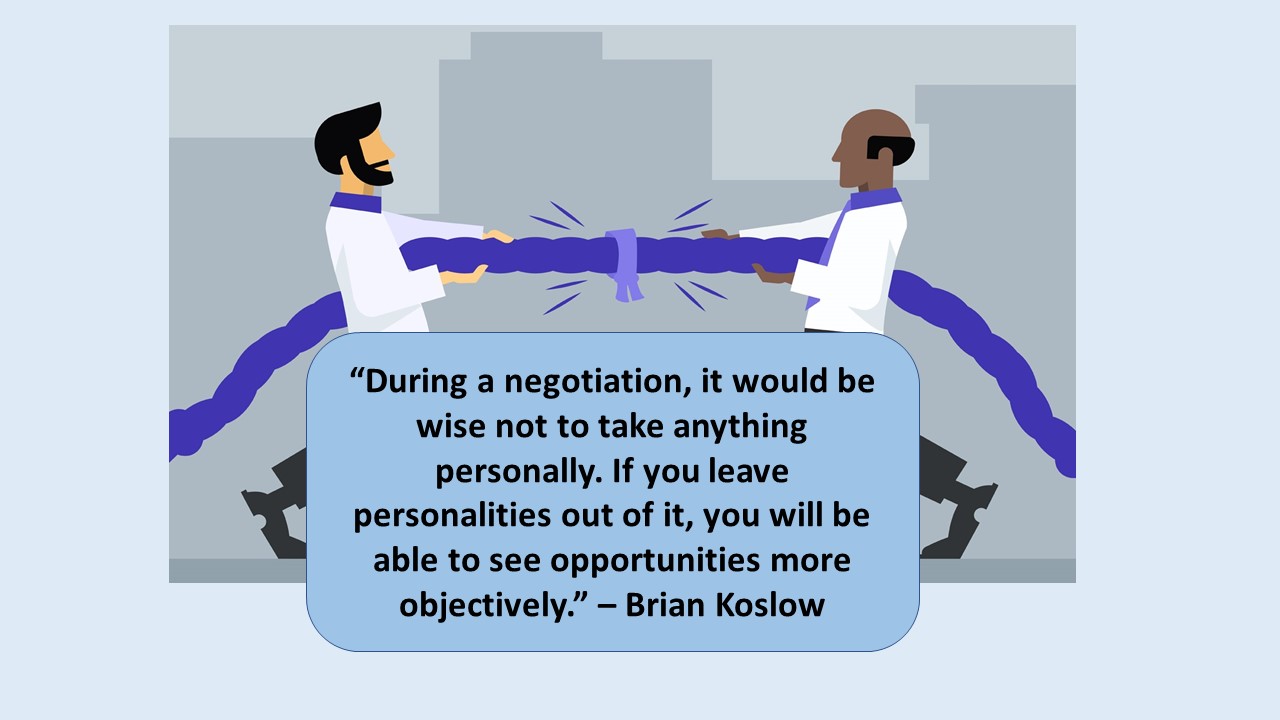By Thomas Davis, CRNA, MAE
Follow @procrnatom on twitter
“Diversity: the art of thinking independently together.”
~ Malcolm Forbes
The combination of digital technology and the availability of dependable travel has linked people in distant areas of the globe and opened the door to blending cultures through unusual partnerships. With the click of a mouse, executives in the United States can have a video conference with just about anyone, anywhere in the world. People who were previously separated by geographical boundaries can now interact freely with one another thus creating the opportunity for diversity of thought within their organization.
In addition to connectedness created by technology, immigrants fleeing terrorism or seeking opportunities for employment are flooding across borders both in Europe and America, changing the ethnic makeup of the population, and contributing to diversity in host countries. Clearly, demographics are changing in many areas of the world and organizations on the cutting edge of their industry welcome and capitalize on opportunities that accompany diversity. Cultural diversity in the workplace is promoted when employers actively seek to hire employees from every religious and ethnic background and then capitalize on the variety of experiences that they bring to the workplace. Building a diverse team strengthens the organization and here is why.
A member of the Q6 customer service team in Perth, Australia, R. Heryati documents the following advantages that arise from a diverse workgroup:
- Increased productivity
- Improved creativity
- Increased profits
- Improved employee engagement
- Reduced employee turnover
- Improved company reputation
Writing for Entrapraneur.com, author Kim Abreu adds to the list of advantages to having diversity on a team by noting that diversity correlates with improving innovation and recruiting. From blogs to books, authors evaluating the relationship between diversity and productivity affirm the importance of having a diverse team when seeking creative answers to workplace challenges.
Two types of diversity are commonly found in the modern healthcare workplace; cultural and interprofessional.
Cultural diversity refers to a person’s family heritage. Do people at your workplace have different skin color, facial features and hair color? Do they speak a second language? What religious holidays do they celebrate? The greater the variation between individual workers, the more diverse the workplace.
Interprofessional diversity arises from the mix of professions that must work collaboratively to render evidenced-based care to the patient. Doctors, nurses, technicians and support staff are only a few of the professions that combine their efforts in a busy hospital environment. Each sub-group has a different purpose, has received different specialty training and brings a different perspective to the table when discussing issues and developing plans. In an ideal situation, every sub-group will have equal say and be given equal respect when interprofessional teams are formed to address issues or create policies. The term abrasive collaboration is used to describe diverse professional groups working collaboratively to find a mutual solution while, at the same time, ensuring that their individual professional needs are met.
4 ways to promote diversity in your workplace
Educate yourself. Connect one on one with people on your team and learn about their family’s country of origin and family traditions that carry over to today. If members of your team have different religious beliefs, learn about their traditions. Adjust your work schedule to enable team members to attend important religious or cultural activities.
Solicit different perspectives. In personal conversations and at team meetings openly encourage each person to voice their point of view. Seeking a variety of opinions is especially effective with reference to interprofessional groups. To be effective, the hierarchical “doctor knows best” attitude must be replaced by a commitment to collaboration where each person has an equal say.
Develop diversity activities. Include dates on the team calendar that recognize the culture or religion of your team members. Encourage people to share their traditions with the group and schedule ethnic food days to celebrate the various cultures represented on your team. When team members celebrate one another’s heritage, they respect for the contributions that each person makes to the team and become more receptive to their ideas.
Be the leader. You are the leader and set the tone for the workplace. If you are dismissive of diverse thoughts, your team will follow your example. Conversely, if you welcome and openly solicit diversity, your team will follow your lead. Openly welcome both cultural and interprofessional diversity in your workplace.
The best ideas arise from many ideas combining ideas from people with different cultural and professional background strengthens the team. First, assemble the right group and then be inclusive of their ideas when making decisions. Doing so will position you and your team for success.
“When we listen and celebrate what is both common and different, we become a wiser, more inclusive, and better organization.” ~Pat Wadors, Head of HR at LinkedIn
“If you hire only those people you understand, the company will never get people better than you are. Always remember that you often find outstanding people among those you don’t particularly like.”
~Soichiro Honda, founder of Honda
Tom is a noted author, speaker and mentor. Contact tom@procrna.com for information about the 4-part values-based leadership webinar series.






